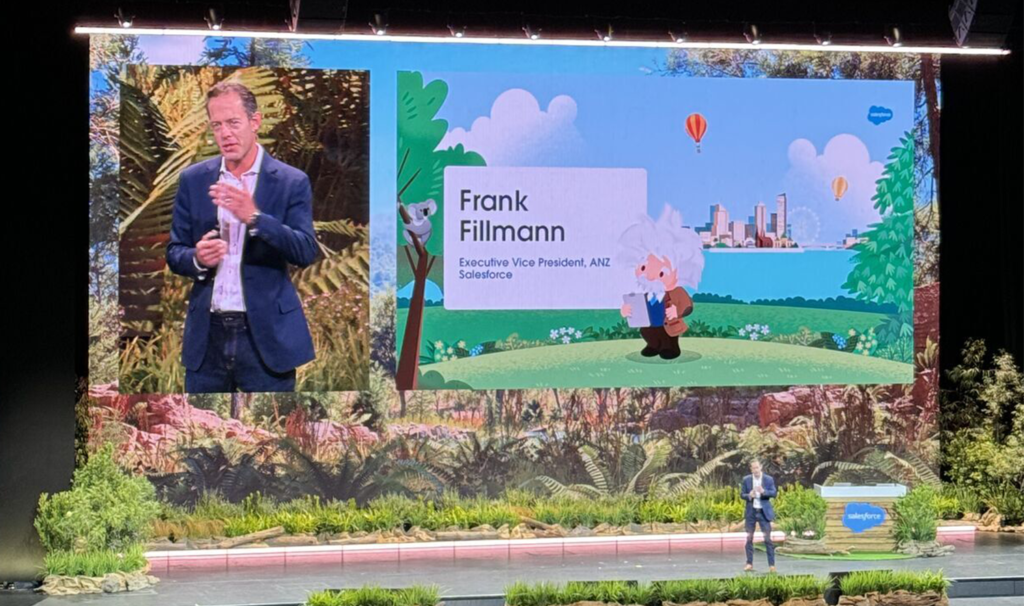It’s no secret that replacing a legacy system is a large, multi-layered and high-cost undertaking for any business.
And if you’re a company who has already invested a significant amount of time, resources and money into a legacy application, the decision to replace it may not always be the right choice for your business.
In some cases, it’s a smarter business decision to maintain legacy systems and integrate them with modern technology and applications.
To determine what is best for your business, and to ensure you’re leveraging your valuable legacy system data effectively, you need the right people on board. If you don’t have this expertise in-house, you can find a team such as Simplus Managed Services who can help advise the best course of action.
There are different reasons why companies choose to integrate new technology with legacy systems. For some, it is because they want to integrate legacy data with an application that supports a new channel strategy, and for others, it is simply to exchange data between different systems being used across the business.
Below we’ve shared how our Managed Services team has supported different customers to integrate their legacy systems with Salesforce.
Managing an outward integration for a local government body
Most companies use Salesforce to manage data, nurture leads and provide efficient customer service. But when you’re an organisation that also has service agents in the field working from a different app, you want that app to be effectively talking to the system that has the most accurate and useful data.
This was the case for our local government customer, whose field agents were using Google Maps to respond to customer cases – a system that Managed Services quickly realised wasn’t the best app to integrate with Salesforce and deliver on business and employee needs. Working with the customer’s internal IT team, Managed Services implemented a different tool (in this instance, Mapbox) that would integrate better with Salesforce.
The new integration provided numerous benefits for the customer, such as:
- Cost saving, as the tool was less expensive
- Customisation of maps was more straightforward
- More detailed map information.
With Salesforce sending data to Mapbox, employees were able to be more productive as they were told where to go by Mapbox and the integrated Salesforce data told them what to do when they got there.
Managing an inward integration with two large companies
The strategic goal of any integration should be to improve business processes, and that certainly was the intention of our Managed Services team during these next two integration projects.
When this large Australian retailer’s legacy CRM provided no more data insight than a database, it was time to implement a new CRM that would streamline the customer journey. Welcome Salesforce Sales and Service Cloud. The migration to Salesforce meant that our team needed to build integrations with their existing COS, AR and Commercial Pricing systems to source accurate and timely data. And with multiple systems integrated, the Managed Services team delivered the icing on top by enabling single sign-on to access Salesforce – no need to remember usernames and passwords.
The inward integration delivered automated business workflows, such as account transfer approval and pricing approval, as well as data flow between legacy systems in real time. And most importantly no more spreadsheets!
Our other company, an automotive manufacturer, also had a goal to automate business processes, but in their case within their marketing team. Realising their SAP system wasn’t fit for marketing automation, the company turned to our Managed Services team to integrate SAP with Salesforce Marketing Cloud.
The team updated connectors between legacy systems and Salesforce to ensure data accuracy and performed a data analysis to remove 12 years of customer duplications. But the biggest benefit for the marketing team was the automated data transfer from SAP to Salesforce. Every night SAP would send an encrypted file transfer to Salesforce with a list of everyone who bought a car that day. Those customers were automatically added to a customer marketing nurture journey, starting with a welcome email series.
In many cases, integrations deliver more ROI for your Salesforce platform. And depending on the complexity of the data source, having guidance from Salesforce experts like our Managed Services team can help ensure that integration is set-up correctly and you’re getting the most efficiencies out of your technology.






